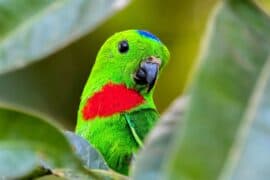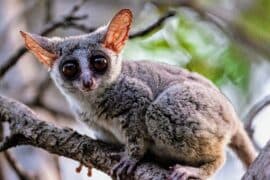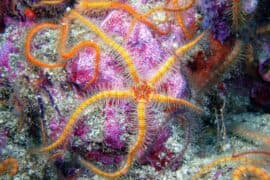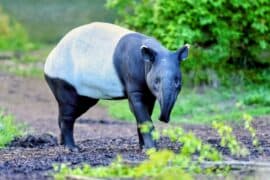Crested chameleon
(Trioceros cristatus)
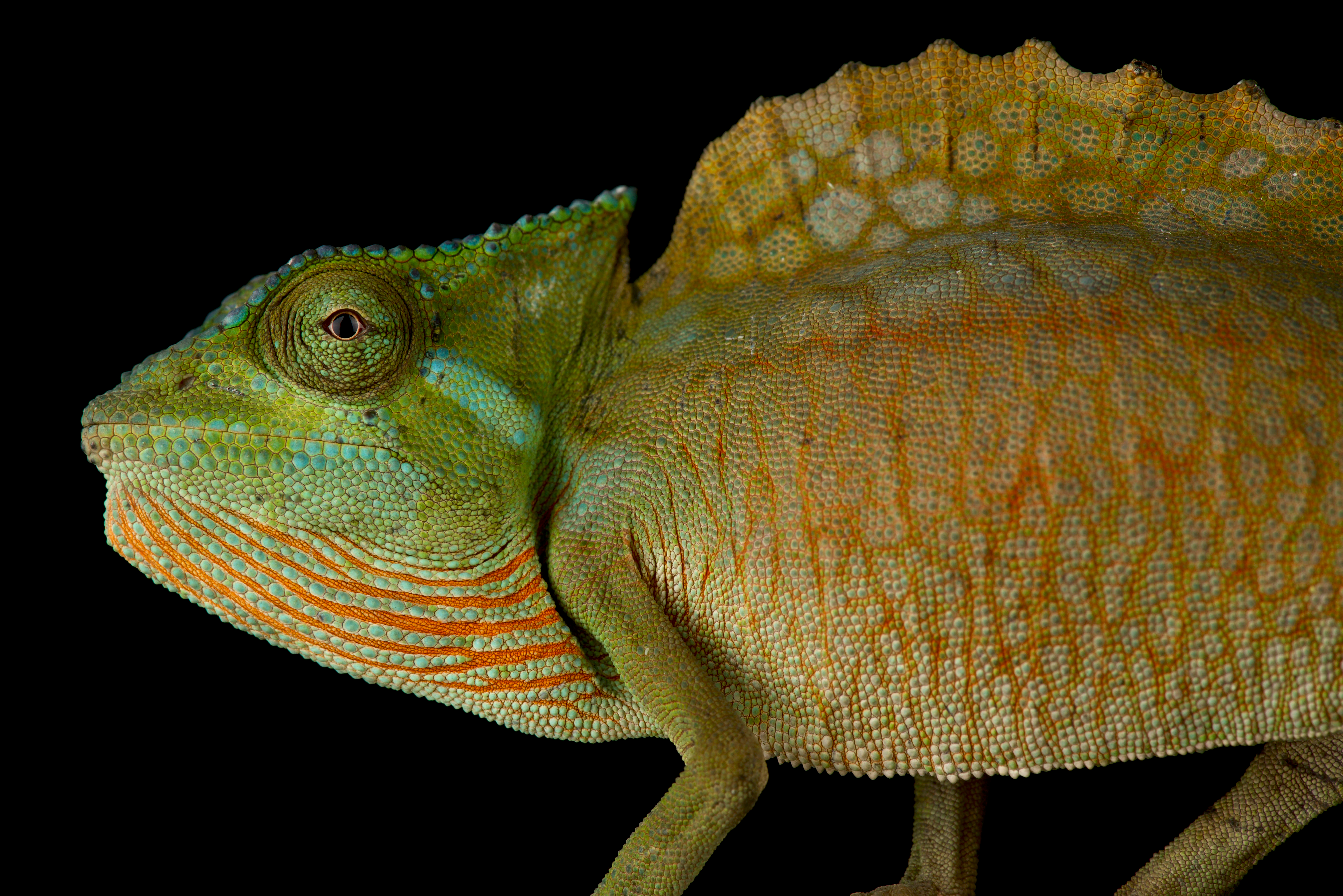
Description
The crested chameleon, Trioceros cristatus, is a species of chameleon endemic to Africa. The species was first described by Samuel Stutchbury in 1837. The crested chameleon can be found in Bioko, the Republic of Equatorial Guinea, the Republic of Cameroon, the Central African Republic, the Democratic Republic of the Congo, the Republic of the Congo, the Gabonese Republic, the Federal Republic of Nigeria, the Republic of Ghana and the République Togolaise (Republic Togo). It has a geological type locality of the Gabonese Republic. It is found at an altitude between 10 and 900 metres (33 and 2,953 feet) above mean sea level, and over an area of 1,000,000 square kilometres (390,000 square miles). The IUCN (IUCN) have classed Trioceros cristatus as Least Concern. The female is larger than the male. The total length of a female is 28 cm (11 in), and the total for a male is 25 cm (9.8 in). Females lay between 11 and 14 eggs, although a clutch of 37 was once found. The crested chameleon was first described by Stutchbury in 1837. In 1865, Gray described it as the Pterosaurus cristatus. Werner described it as the Chamaeleon cristatus in 1911, and Mertens described it in 1966 as Chamaeleo cristatus. Klaver and Böhme described it as Chamaeleo (Trioceros) cristatus in 1986, and Necas described it under the same name in 1999. The species was most recently described by Tilbury and Tolley in 2009 as Trioceros cristatus. Trioceros is a genus of lizards in the family Chamaeleonidae. Trioceros was considered a subgenus of the genus Chamaeleo until 2009, when it was elevated to full genus level.
Taxonomic tree:

